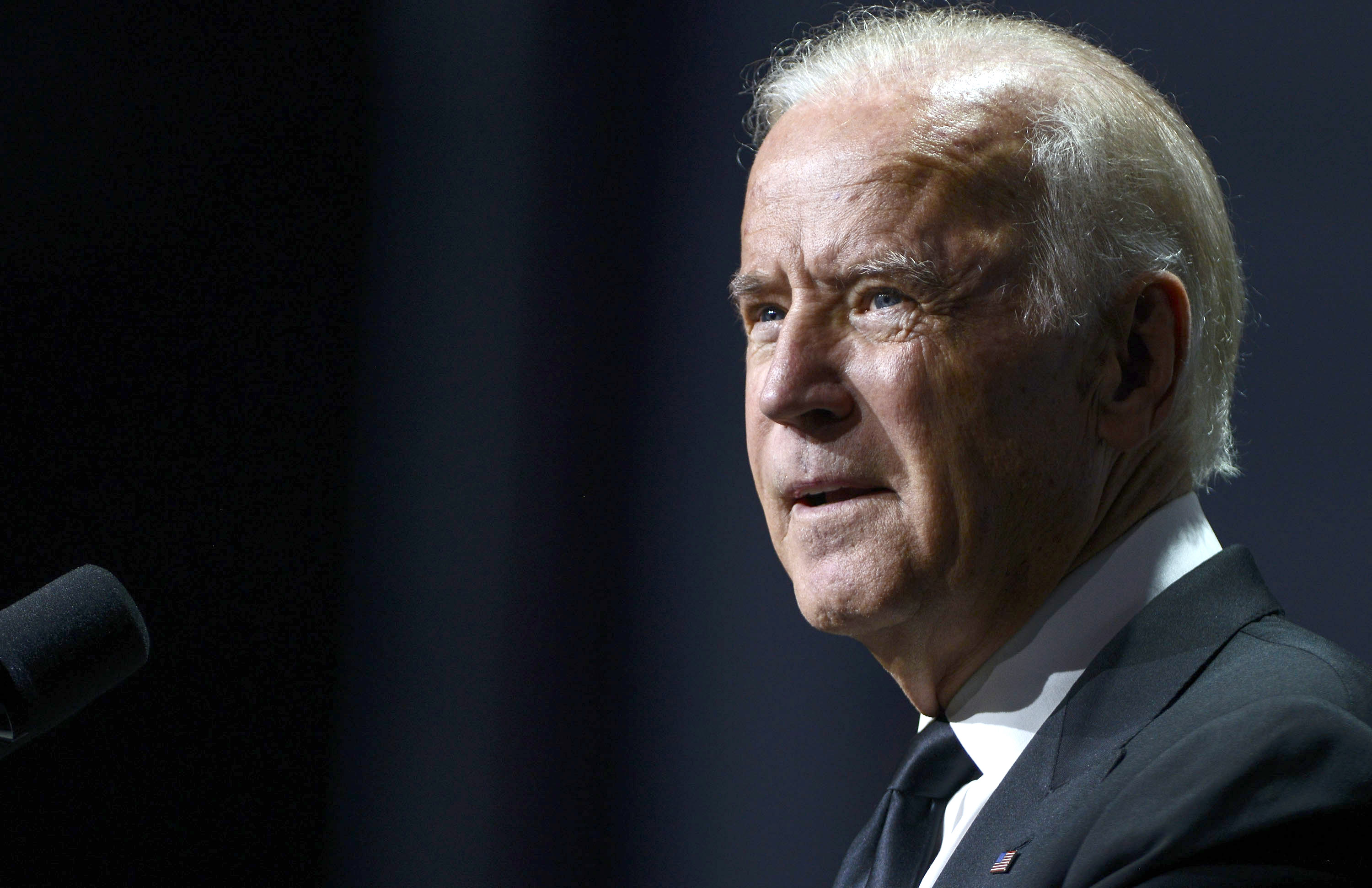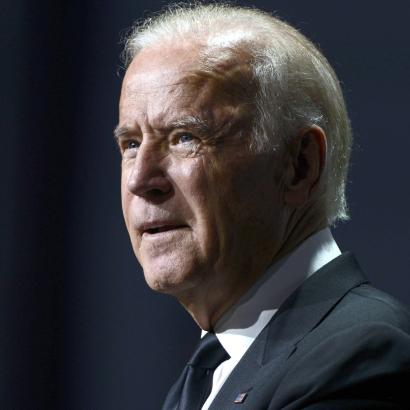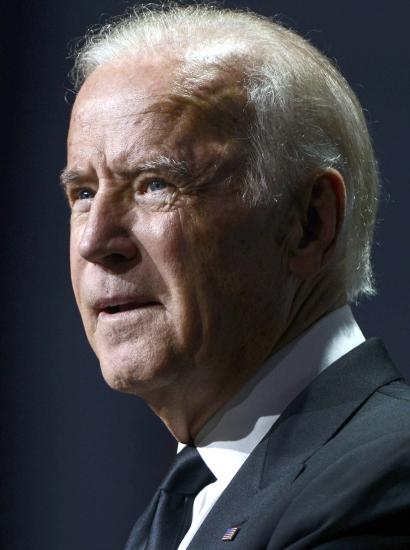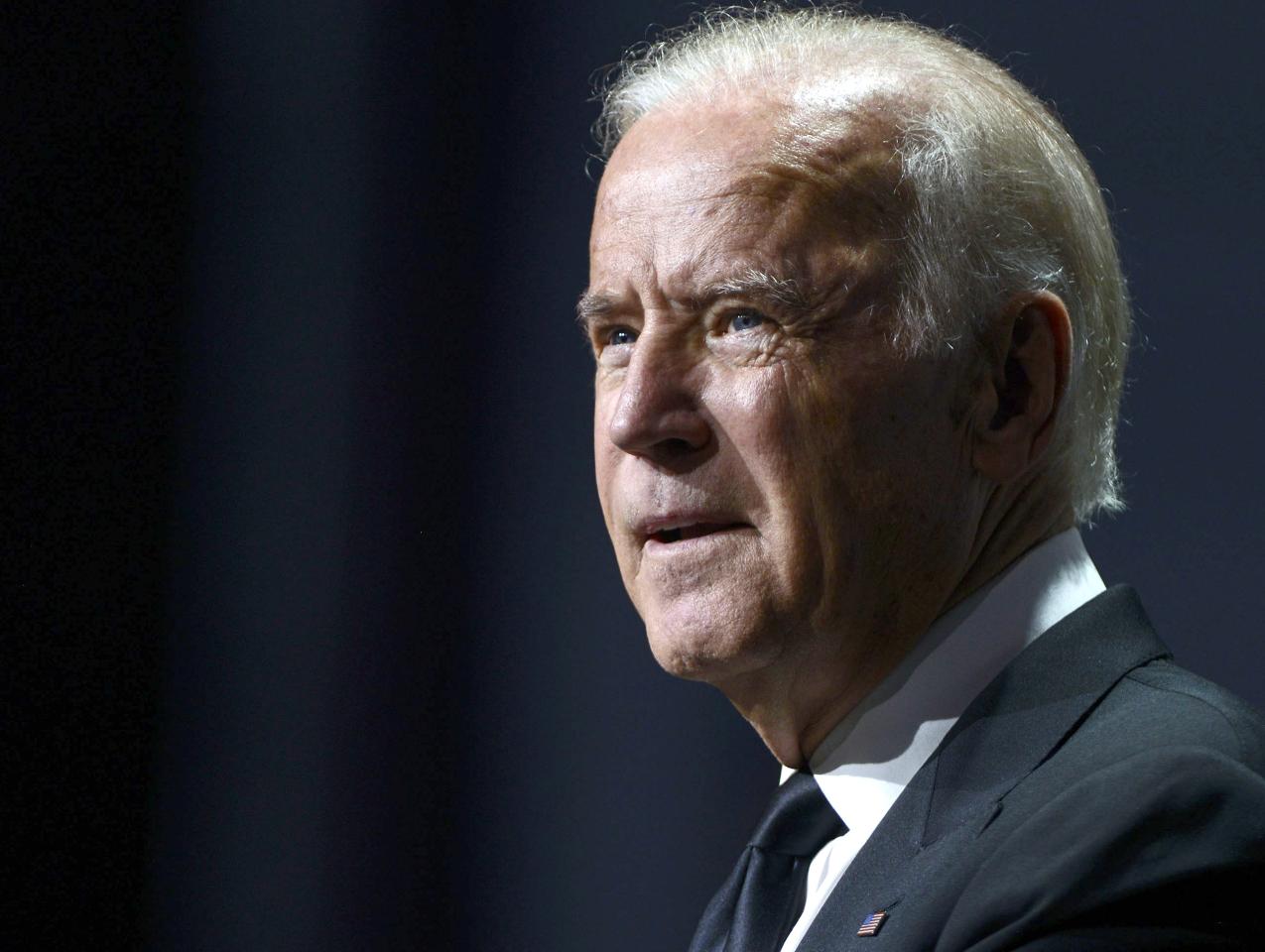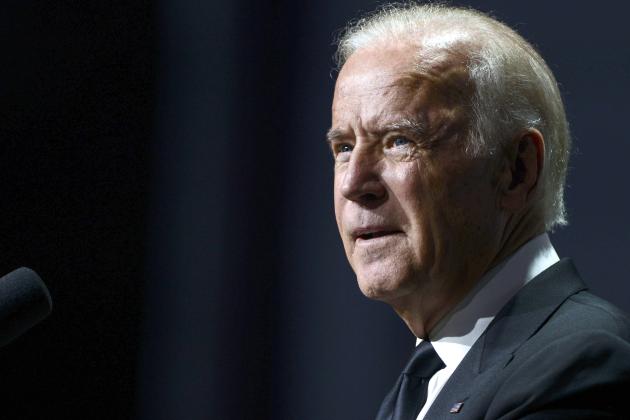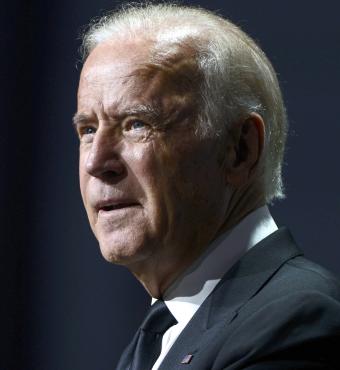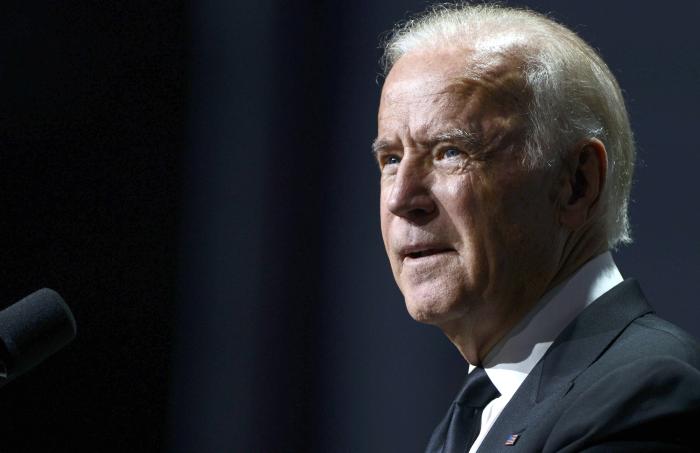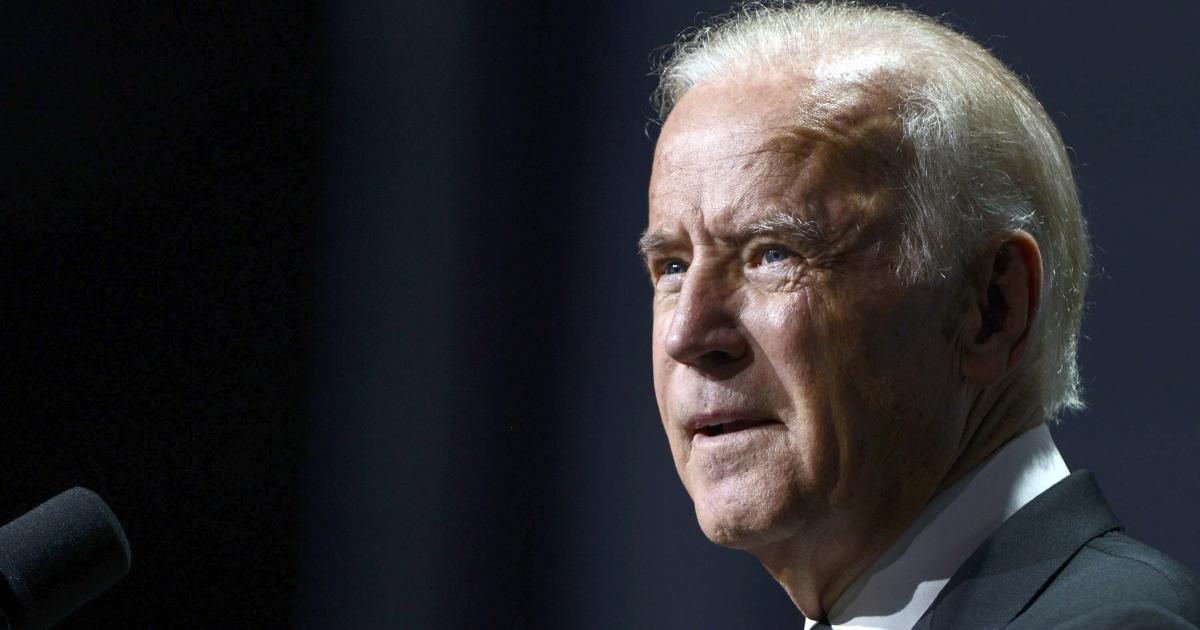Click here to download this report.
EXECUTIVE SUMMARY
This report explores the potential impact of Democratic presidential candidate Joe Biden’s proposals on the economy as a whole. We conclude that in the long run, Biden’s agenda would reduce full time equivalent employment per person by about 3 percent, the capital stock per person by about 15 percent, real GDP per capita by more than 8 percent, and real consumption per household by about 7 percent. Relative to the CBO’s 2030 projections for these variables, this suggests there will be 4.9 million fewer employed individuals, $2.6 trillion less in GDP, and $1.5 trillion less consumption in that year alone. Median household income in 2030 would be $6,500 less.
While these effects may seem large, they are actually conservative estimates of the negative impact of the full Biden agenda.
Our report specifically assesses the impact of policies in four areas: taxation, health insurance, regulation, and energy policy. It estimates the changes in incentives that the policies produce, and then incorporates those changes into a macroeconomic model commonly relied upon in the academic literature.
We reach three key conclusions:
First, transportation and electricity will require a lot more inputs (including 1.3 million net additional energy workers) to produce the same outputs because of Biden’s ambitious plans to further cut the nation’s carbon emissions. Because these industries are a nontrivial share of the overall economy, that means 1 or 2 percent less total factor productivity overall. These effects would be significantly larger —likely dwarfing the (nontrivial) rest of the agenda—if the energy goals are taken literally. The costs would also be concentrated geographically.
Second, labor wedges (the amount of the value created by additional work that goes to third parties) are increased by proposed changes to regulation as well as to the Affordable Care Act (ACA). The quantitative findings for the ACA should be no surprise given the findings from previous efforts in the United States and other countries to expand health insurance coverage.
Third, Biden’s agenda reduces capital intensity by increasing average marginal tax rates on capital.
Increases in the business tax rates would come primarily from three proposed changes: raising the corporate tax rate to 28 percent, phasing out the qualified business income (QBI) deduction, and extending the payroll tax to income above $400,000. The phase-out of the QBI deduction raises marginal tax rates on pass-through business income, and the extension of the payroll tax raises marginal tax rates on sole proprietorship and partnership income through the self-employment tax.
Pass-through entities employ more than 40 million workers in the United States, and the fully phased in Biden plan would increase the top tax rate on these entities by more than 25 percent, especially because of the payroll tax increase. We estimate that 73 percent of firms would face this tax increase. The report provides estimates of the share of total employment in the aggregate and in each state occurring in pass-through businesses facing tax hikes in 2020 under the Biden plan. These affected shares of total employment range from a low of 31 percent in Hawaii to 51 percent in Idaho. Idaho, Montana, and Wyoming would be particularly hard hit, as pass-through businesses provide a majority of employment in each of these states.
Biden’s energy proposals are intended to wean the United States from its reliance on fossil fuels, both in transportation and in power generation. Unless Americans drive a lot less, the electrification of all, or even most, passenger vehicles would increase the per capita demand for electric power by about 25 percent at the same time that more than 70 percent of the baseline supply (i.e., electricity generated from fossil fuels) would be taken off line and an additional 11 percent (nuclear) would not expand. To put the 25 percent figure in perspective: that is the amount of the cumulative increase in electricity generation per person since 1979, a period during which nuclear and natural gas generation tripled.
Another way to visualize the scale of these policy changes is to start with the observation that the value of the deposits of fossil fuels in the ground, according to our estimates, is about $5 trillion. Even under conservative assumptions that include much less draconian reductions in fossil fuel use than would follow from a literal interpretation of the Biden plan, we find that the sharp reduction reduces American mineral wealth by $6,800 per household.
As for health insurance coverage, Biden proposes four major changes to the individual markets created by the Affordable Care Act. First, premium tax credits would become more generous. Second, premium tax credit eligibility would be expanded by eliminating the income ceiling. Third, the federal government would offer plans alongside private exchange plans. Fourth, people ages sixty to sixty-four (many of whom were ACA customers) could buy into Medicare. All of these potentially affect marginal tax rates on employment and labor income.
We estimate that the combination of these ACA modifications resembles an increase in average marginal labor income tax rates of 2.4 percentage points. These higher rates contribute significantly to our estimates of the labor market effects of Biden’s policy proposals.
Finally, if we assume that the Biden plan would return regulatory policy to the path set by the previous administration, then recent literature allows us to measure the added opportunity costs to society of the heightened regulations. Our analysis suggests these amount to $279 billion per year.
Economists have paid little attention to the economic effects of the Biden plan as a whole. This report suggests that these effects are potentially very large indeed.
Click here for a quantitative appendix (zip format).
View table of total employees by state affected by pass through.
PREVIEW THE REPORT






